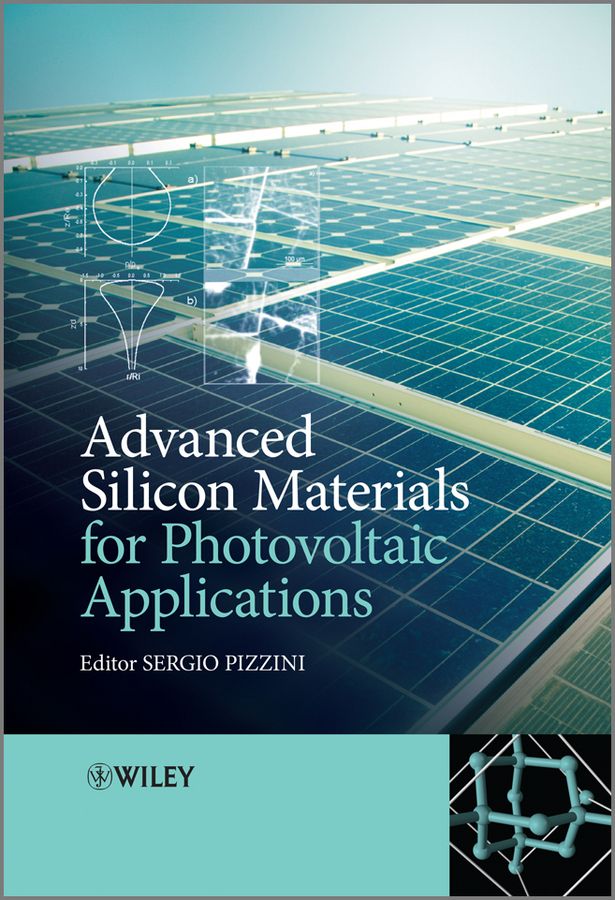Today, the silicon feedstock for photovoltaic cells comes from processes which were originally developed for the microelectronic industry. It covers almost 90% of the photovoltaic market, with mass production volume at least one order of magnitude larger than those devoted to microelectronics. <p>However, it is hard to imagine that this kind of feedstock (extremely pure but heavily penalized by its high energy cost) could remain the only source of silicon for a photovoltaic market which is in continuous expansion, and which has a cumulative growth rate in excess of 30% in the last few years. Even though reports suggest that the silicon share will slowly decrease in the next twenty years, finding a way to manufacture a specific solar grade feedstock in large quantities, at a low cost while maintaining the quality needed, still remains a crucial issue. Thin film and quantum confinement-based silicon cells might be a complementary solution.</p> <p><i>Advanced Silicon Materials for Photovoltaic Applications</i> has been designed to describe the full potentialities of silicon as a multipurpose material and covers:</p> <ul> <li>Physical, chemical and structural properties of silicon</li> <li>Production routes including the promise of low cost feedstock for PV applications</li> <li>Defect engineering and the role of impurities and defects</li> <li>Characterization techniques, and advanced analytical techniques for metallic and non-metallic impurities</li> <li>Thin film silicon and thin film solar cells</li> <li>Innovative quantum effects, and 3<sup>rd</sup> generation solar cells</li> </ul> <p>With contributions from internationally recognized authorities, this book gives a comprehensive analysis of the state-of-the-art of process technologies and material properties, essential for anyone interested in the application and development of photovoltaics.</p>
Mechanical engineering and materials
Advanced Silicon Materials for Photovoltaic Applications
₹11,751.00
This book is currently not in stock. You are pre-ordering this book.

